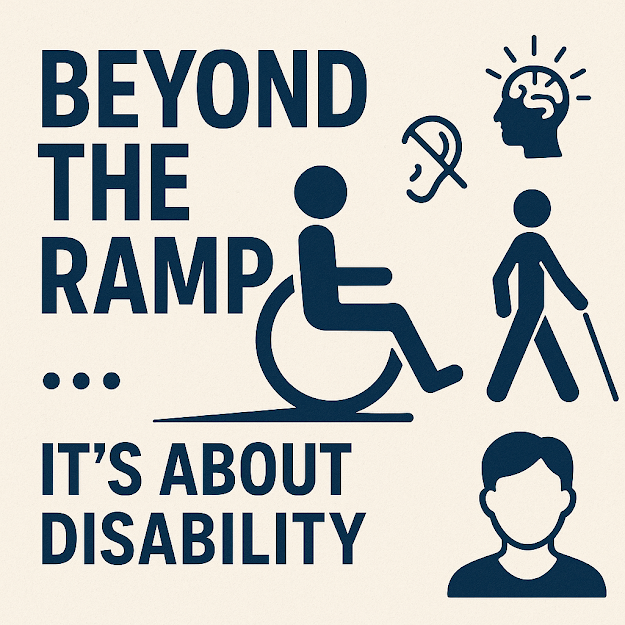By Stuart Kerr, Technology Correspondent
🗓️ Published: 12 July 2025 | 🔄 Last updated: 12 July 2025
📩 Contact: [email protected] | 📣 Follow @LiveAIWire
🔗 Author Bio: https://www.liveaiwire.com/p/to-liveaiwire-where-artificial.html
Promises vs. Practice
Artificial Intelligence has been hailed as a game-changer for accessibility. From voice-enabled devices that assist visually impaired users, to predictive text systems that support those with motor impairments, the potential seems boundless. But as AI becomes embedded in everything from job applications to healthcare, a critical question remains: is it actually serving people with disabilities—or sidelining them further?
In theory, AI should level the playing field. It can read aloud, transcribe speech, navigate websites, and adjust interfaces in real time. But in practice, these systems often reinforce existing inequities. When trained on narrow datasets, AI tools frequently misinterpret disabled users’ voices, expressions, or behaviours.
Good Intentions, Bad Outcomes
A joint CDT and AAPD report (PDF) found that many AI systems built with accessibility in mind still fall short in real-world contexts. Automated transcription services often struggle with non-standard speech patterns. Facial recognition tools fail to recognise atypical expressions, and predictive systems can misjudge cognitive or emotional cues.
This aligns with concerns we raised in The Silent Bias, where we showed how machine learning systems replicate existing social blind spots. For people with disabilities, the consequences aren’t theoretical—they can mean being overlooked for jobs, denied services, or misdiagnosed.
Data That Doesn’t Represent
One of the root issues is a lack of inclusive training data. As discussed in Who Trains the Trainers?, datasets are often scraped from public content that underrepresents disabled communities. The result? AI that performs poorly for those it claims to help.
A 2025 study (PDF) published by Premier Science documented how a leading speech AI system had a 75% error rate for users with cerebral palsy. Similarly, accessibility-focused tools like screen readers and automated captioning often lag behind when integrated into modern AI platforms, lacking nuance and responsiveness.
Inclusion Starts in the Code
To make AI truly inclusive, design must begin with disabled users at the table. Accessibility Standards Canada has released technical guidelines urging AI developers to adopt universal design principles, perform usability audits with diverse users, and open up their datasets for peer review.
Meanwhile, platforms like Abstracta are pioneering AI-driven accessibility testing—helping developers identify invisible barriers during design and deployment.
Yet awareness is not enough. As we noted in AI and the Right to Be Forgotten, opaque algorithms with lasting consequences demand transparency. For disabled users, that means knowing what data was used, how their access needs were considered, and how mistakes can be challenged or corrected.
Assistive or Exploitative?
There’s a darker side to consider. Some AI tools are framed as empowering, but may surveil or judge disabled users. Emotion detection software in classrooms has been shown to misinterpret neurodivergent students’ facial expressions as disengaged or defiant. Health monitoring wearables may share sensitive data with insurers or employers.
The NYC Bar Association warns that without clear safeguards, AI may entrench structural ableism under the guise of optimisation.
Access Is a Right, Not a Feature
For now, AI is both promise and paradox. It can open doors or automate exclusion. But the path forward is clear: co-design with disabled users, diversify training data, and demand explainability.
As we explored in Listening to Machines, empathy isn’t just about output—it’s about intent. AI that truly supports people with disabilities must not only understand them, but respect them.
About the Author
Stuart Kerr is the Technology Correspondent at LiveAIWire. He writes about AI’s impact on infrastructure, governance, creativity, and power.
📩 Contact: [email protected] | 📣 @LiveAIWire

